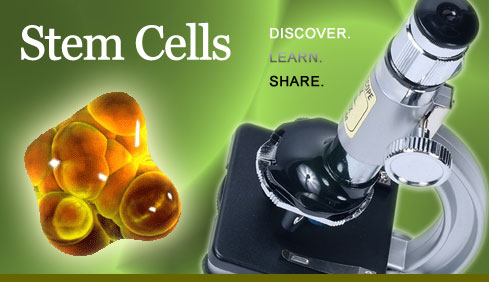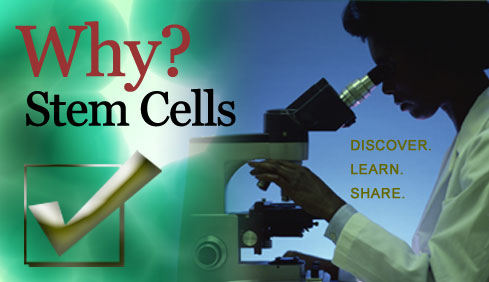
A stem cell is essentially a “blank” cell, capable of becoming another more differentiated cell type in the body.
Microscopic in size, stem cells are big news in medical and science circles because they can be used to replace or even heal damaged tissues and cells in the body. They can serve as a built-in repair system for the human body, replenishing other cells as long as a person is still alive.
Since they have not yet specialized, stem cells can respond to different signals and needs in the body by becoming any of the various cell types needed, e.g., after an injury to repair an organ. In that sense, they are a bit like a maintenance crew that keeps repairing and replacing damaged or worn-out cells in the body.

A stem cell is essentially a “blank” cell, capable of becoming another more differentiated cell type in the body, such as a skin cell, a muscle cell, or a nerve cell. Microscopic in size, stem cells are big news in medical and science circles because they can be used to replace or even heal damaged tissues and cells in the body. They can serve as a built-in repair system for the human body, replenishing other cells as long as a person is still alive.
Adult stem cells are a “natural” solution. They naturally exist in our bodies, and they provide a natural repair mechanism for many tissues of our bodies. They belong in the microenvironment of an adult body, while embryonic stem cells belong in the microenvironment of the early embryo, not in an adult body, where they tend to cause tumors and immune system reactions.
Most importantly, adult stem cells have already been successfully used in human therapies for many years. As of this moment, no therapies in humans have ever been successfully carried out using embryonic stem cells. New therapies using adult-type stem cells, on the other hand, are being developed all the time.
A stem cell is essentially a “blank” cell, capable of becoming another more differentiated cell type in the body, such as a skin cell, a muscle cell, or a nerve cell. Microscopic in size, stem cells are big news in medical and science circles because they can be used to replace or even heal damaged tissues and cells in the body. They can serve as a built-in repair system for the human body, replenishing other cells as long as a person is still alive.
Adult stem cells are a “natural” solution. They naturally exist in our bodies, and they provide a natural repair mechanism for many tissues of our bodies. They belong in the microenvironment of an adult body, while embryonic stem cells belong in the microenvironment of the early embryo, not in an adult body, where they tend to cause tumors and immune system reactions.
Most importantly, adult stem cells have already been successfully used in human therapies for many years. As of this moment, no therapies in humans have ever been successfully carried out using embryonic stem cells. New therapies using adult type stem cells, on the other hand, are being developed all the time.
The primary reason would be the ethics, since getting embryonic stem cells requires destruction of a young human embryo.
The biggest misconception people have about stem cell research is that it is only embryonic that are useful. In fact, other stem cell types are proving to be much more useful. The best stem cells for patients are Adult Stem Cells; these are taken from the body (e.g., bone marrow, muscle, even fat tissue) or umbilical cord blood and can be used to treat dozens of diseases and conditions. Over 1 ½ million people have already been treated with adult stem cells. (versus no proven success with embryonic stem cells.) https://lozierinstitute.org/fact-sheet-adult-stem-cell-research-transplants/ Yet most people don’t know about adult stem cells and their practical success.
Another type of stem cell that is proving very useful is induced pluripotent stem cells (iPS cells). These can be made from any cell, such as skin, and from any person. They act like embryonic stem cells, but are made from ordinary cells and so don’t require embryo destruction, making them an ethical source for that type of cell. They have already been used to create lab models of different diseases.